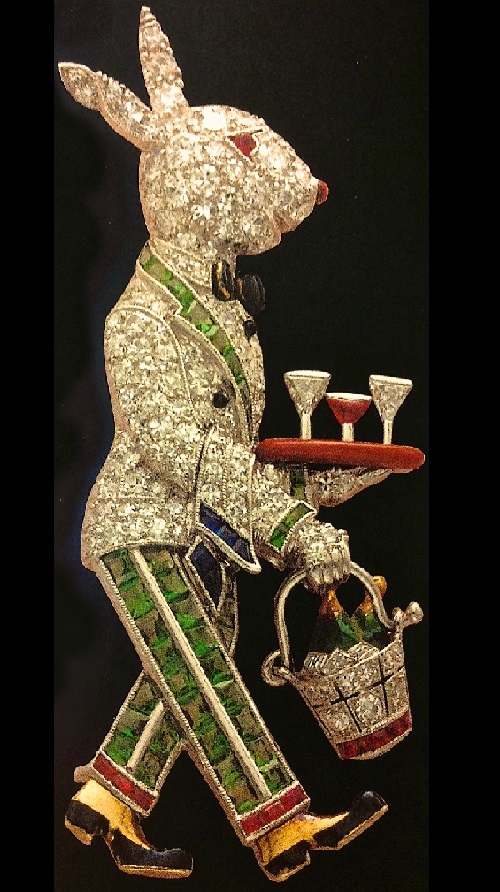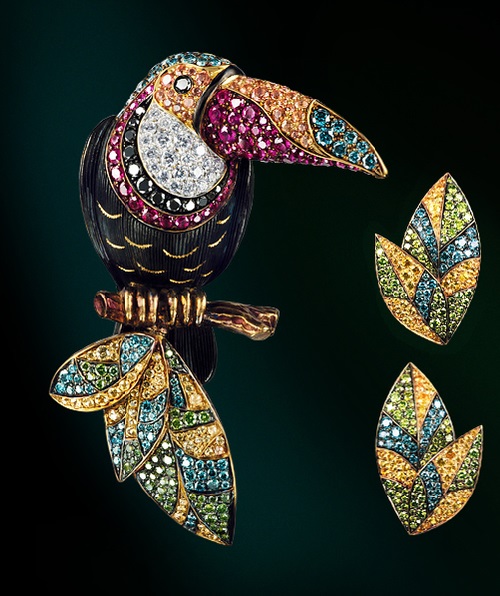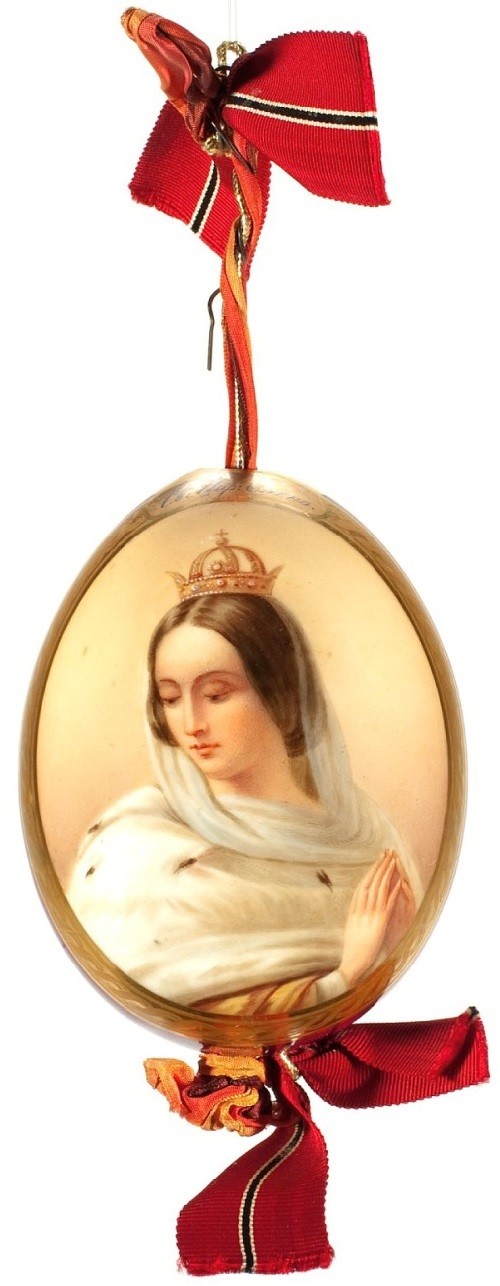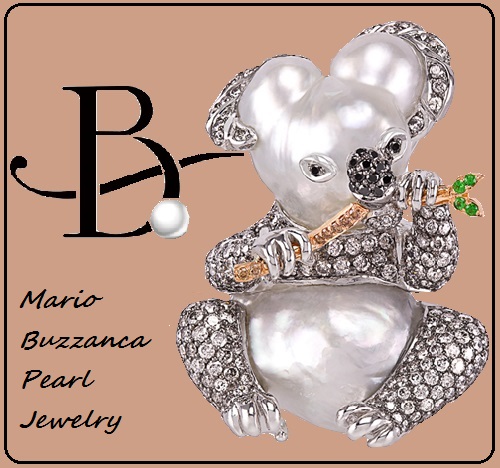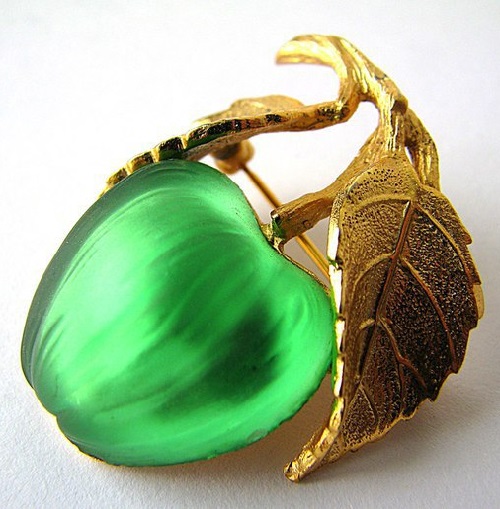Raymond Yard jewellery
Raymond Yard jewellery
His jewelry teaches not only the history of jewelry art of the twentieth century, but also the evolution of American tastes. From Art Deco to the “space” design of the 60s, from strict classical forms and large rings with moonstones to funny rabbits waiters …
To survive during the “dry law” in America, sense of humor, perhaps, was very helpful. Thanks to these relevant and certainly very expensive brooches, talented jeweler Raymond Yard has won eternal fame. In 1929, at the peak of the ban on the sale of alcohol, the jeweler made a brooch in the form of rabbits waiters, these ornaments have become a kind of artist’s protest against the law. Rabbits waiters have become the hallmark of the brand, they are hunt for by the collectors all over the world.
Raymond Yard started working very early – at age 13, as an errand boy in a large jewelry house. His quick eye and a desire to learn, let the boy move up the career staircase. In 1922, with the assistance of John D. Rockefeller, Jr., he opens his studio on 5th Avenue in New York. Yard mainly worked for the richest family in New York, doing things for them in one piece.
Read more »
